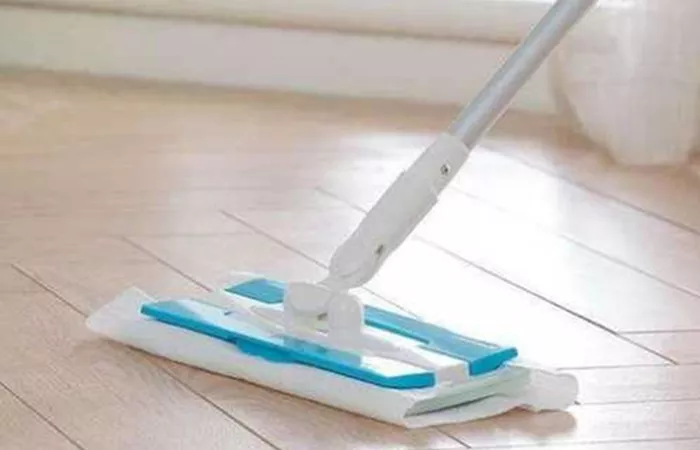Bed bugs (Cimex lectularius) are persistent pests that infest homes, hotels, and other living spaces. Traditional chemical treatments can be ineffective due to pesticide resistance, and many people prefer non-toxic solutions. Steam cleaning has emerged as a highly effective method for killing bed bugs at all life stages. But how exactly does steam eliminate these pests? This guide explores the science behind steam treatment, the best practices for application, and the advantages over other extermination methods.
The Science Behind Steam and Bed Bug Elimination
1. Heat Transfer and Thermal Death
Bed bugs, like all insects, have a critical thermal limit. Exposure to high temperatures disrupts their cellular functions, leading to death. Research shows that bed bugs and their eggs die when exposed to temperatures above 122°F (50°C) for an extended period.
Steam Temperature Range: Professional steam cleaners produce dry vapor steam at 160°F to 212°F (71°C to 100°C).
Instant Kill vs. Gradual Death: At 160°F (71°C), adult bed bugs die almost instantly. Eggs, which are more heat-resistant, require slightly longer exposure (a few seconds) at 180°F (82°C) or higher.
2. Penetration into Hiding Spots
Bed bugs hide in
- Mattress seams
- Box springs
- Furniture cracks
- Baseboards
- Electrical outlets
Steam’s ability to penetrate these micro-habitats makes it superior to many chemical sprays, which may not reach deep crevices. The high-pressure steam forces heat into hiding spots, ensuring direct contact with pests.
3. Denaturing Proteins and Destroying Cells
Heat causes proteins in bed bugs’ bodies to denature (unfold and lose function). Key effects include:
- Nervous system shutdown – Overheating disrupts nerve signals.
- Enzyme deactivation – Metabolic processes fail.
- Cell membrane rupture – Extreme heat causes cells to burst.
Unlike pesticides, which rely on neurotoxins, steam kills through pure thermal energy, leaving no chemical residue.
Best Practices for Effective Steam Treatment
1. Choosing the Right Steam Cleaner
Not all steamers are equal. Key features for bed bug extermination:
- High Temperature (>200°F / 93°C) Ensures instant kill of all life stages.
- Low Moisture Output Prevents water damage and mold growth.
- Adjustable Nozzle Allows precision in cracks and seams.
- Strong Pressure (>50 psi) Forces steam deep into fabrics and crevices.
2. Proper Application Technique
- Slow, Methodical Movements .
- Glide the steamer at 1 inch per second to ensure heat penetration.
- Direct Contact is Crucial.
- Steam must touch the bugs; hovering too far away reduces effectiveness.
- Focus on Harborage Areas.
- Treat mattress tufts, bed frames, headboards, and baseboards thoroughly.
- Repeat Treatments. Steam kills on contact but doesn’t prevent reinfestation.
- Follow up after 7-10 days to catch newly hatched nymphs.
3. Safety Considerations
- Avoid Electrical Components: Steam near outlets can cause shorts; use a vacuum attachment instead.
- Protect Delicate Materials: High heat can warp wood or melt plastics; test on a small area first.
- Wear Protective Gear: Gloves and goggles prevent burns from steam backflow.
- Advantages of Steam Over Other Bed Bug Treatments
No Chemical Resistance: Bed bugs have developed resistance to many pesticides (e.g., pyrethroids). Steam works purely through heat, making resistance impossible.
Immediate Results: Unlike bait traps or growth regulators, steam kills on contact. There’s no waiting period.
4. Complements Other Treatments
Steam can be used alongside:
- Diatomaceous earth (for long-term protection)
- Mattress encasements (to trap remaining bugs)
- Vacuuming (for physical removal)
Limitations of Steam Treatment
Labor-Intensive Process: Steam requires meticulous application. Large infestations may need multiple sessions.
Does Not Provide Residual Protection: Since steam kills only on contact, reinfestation is possible if eggs survive or new bugs are introduced.
Risk of Moisture Damage: Excessive steam can warp wood or promote mold if not used correctly.
Related Recommendation
For homeowners dealing with bed bugs, investing in a professional-grade steamer and following a structured treatment plan can lead to successful eradication. If the infestation is widespread, consulting a pest control expert who uses heat chambers or whole-room heating may be necessary.By understanding how steam kills bed bugs and applying best practices, you can achieve a pest-free environment safely and effectively.
Conclusion
Steam cleaning is one of the most effective, chemical-free methods for killing bed bugs. By delivering lethal heat directly into hiding spots, steam exterminates all life stages—adults, nymphs, and eggs—without the risk of pesticide resistance.
While steam may not be a standalone solution for severe infestations, it remains a powerful tool in integrated pest management (IPM). When applied correctly, steam treatment can provide a safe, immediate, and thorough solution to bed bug problems.
Related topics:

